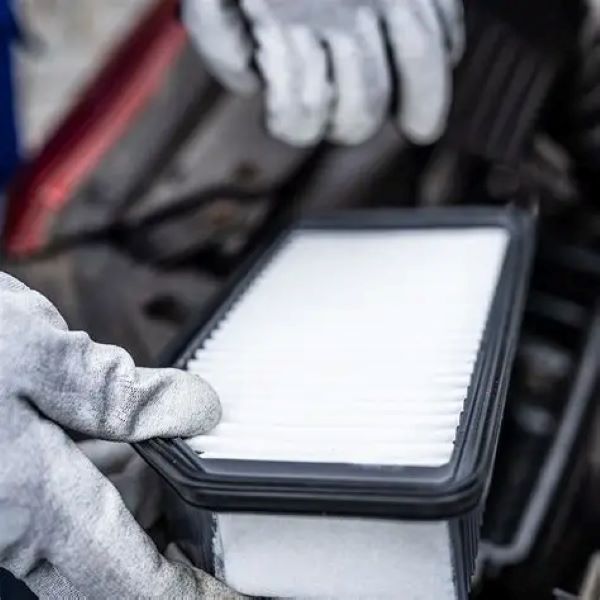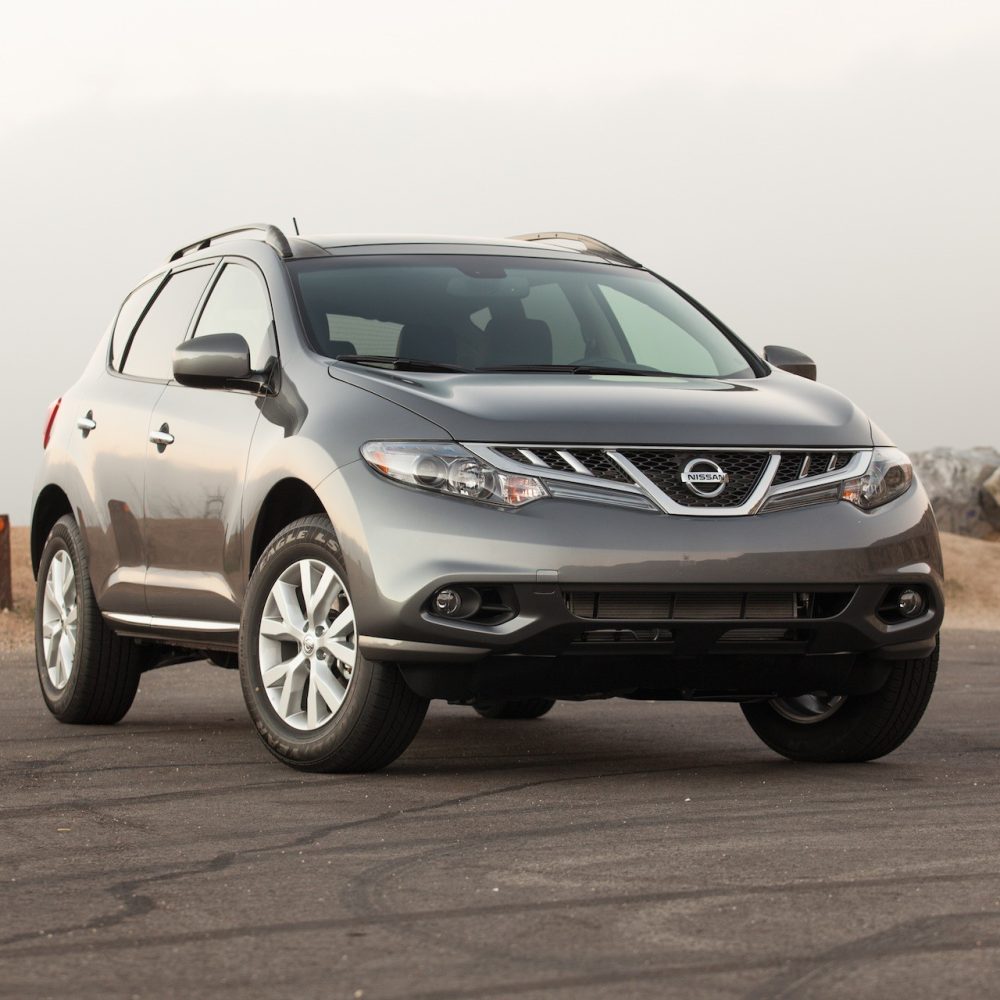Among automotive marques with lengthy production histories, few encapsulate the accelerated pace of cultural change through their era quite like Chevrolet’s quirky yet quick Corvair. Introduced in 1960 as a reaction to growing small car imports, the revolutionary rear-engine Chevy compact rode eccentric engineering and a burgeoning performance image to meteoric early sales. But conflicts with company leadership and safety scrutiny soon threatened the Corvair’s future. This piece follows Corvair’s dramatic trajectory from conception through its premature demise across two distinct generations. 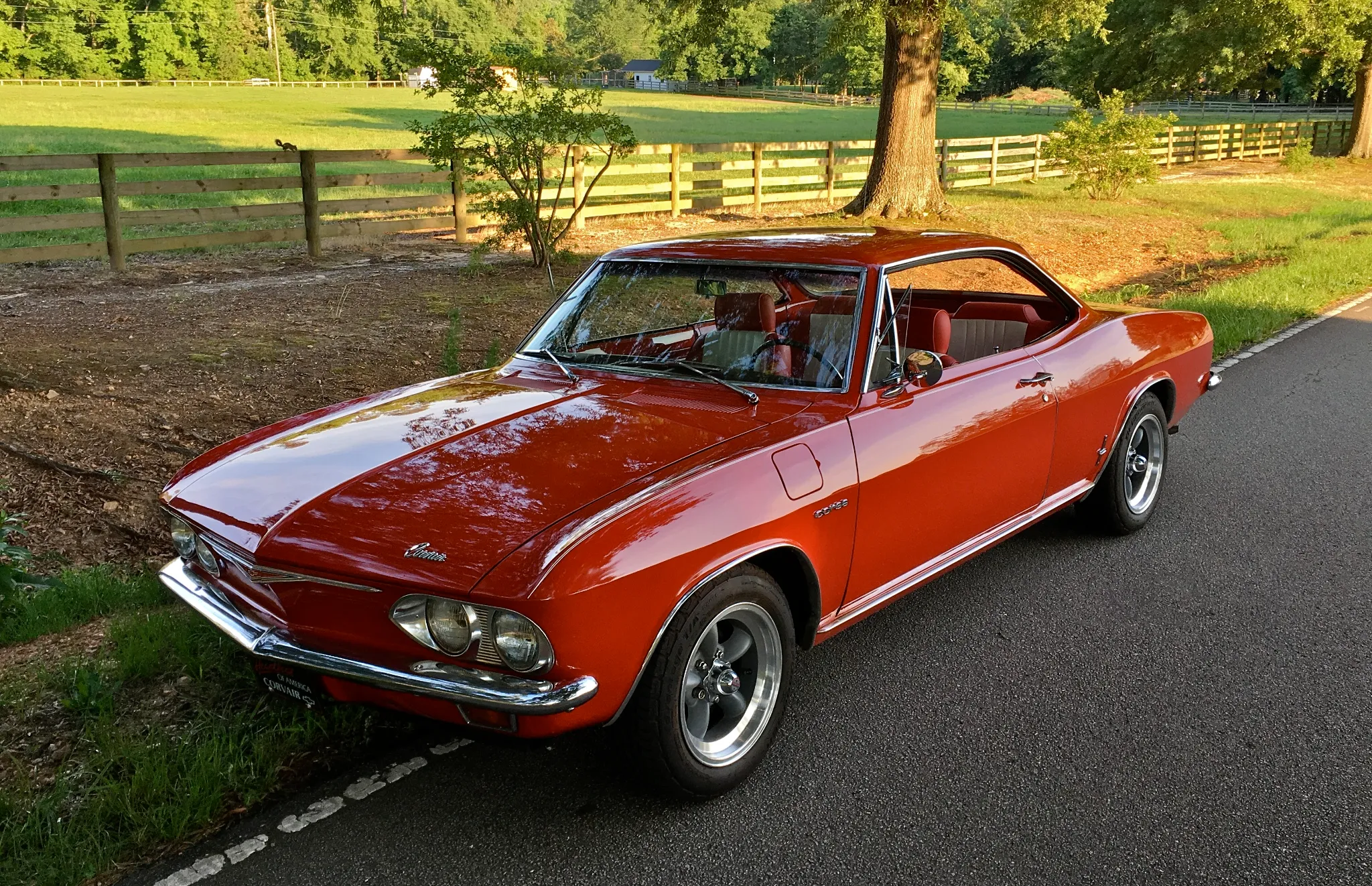
Genesis of the Corvair Concept Under Ed Cole
By the mid-1950s, compact European imports from Volkswagen and Renault attracted increasing US buyer interest based on thrift, handy size for crowded cities, and peppy performance from small-displacement rear-mounted air-cooled engine architecture. Yet the Big Three domestic automakers lacked their alternative to stanch the overseas brands’ expanding market share siphon.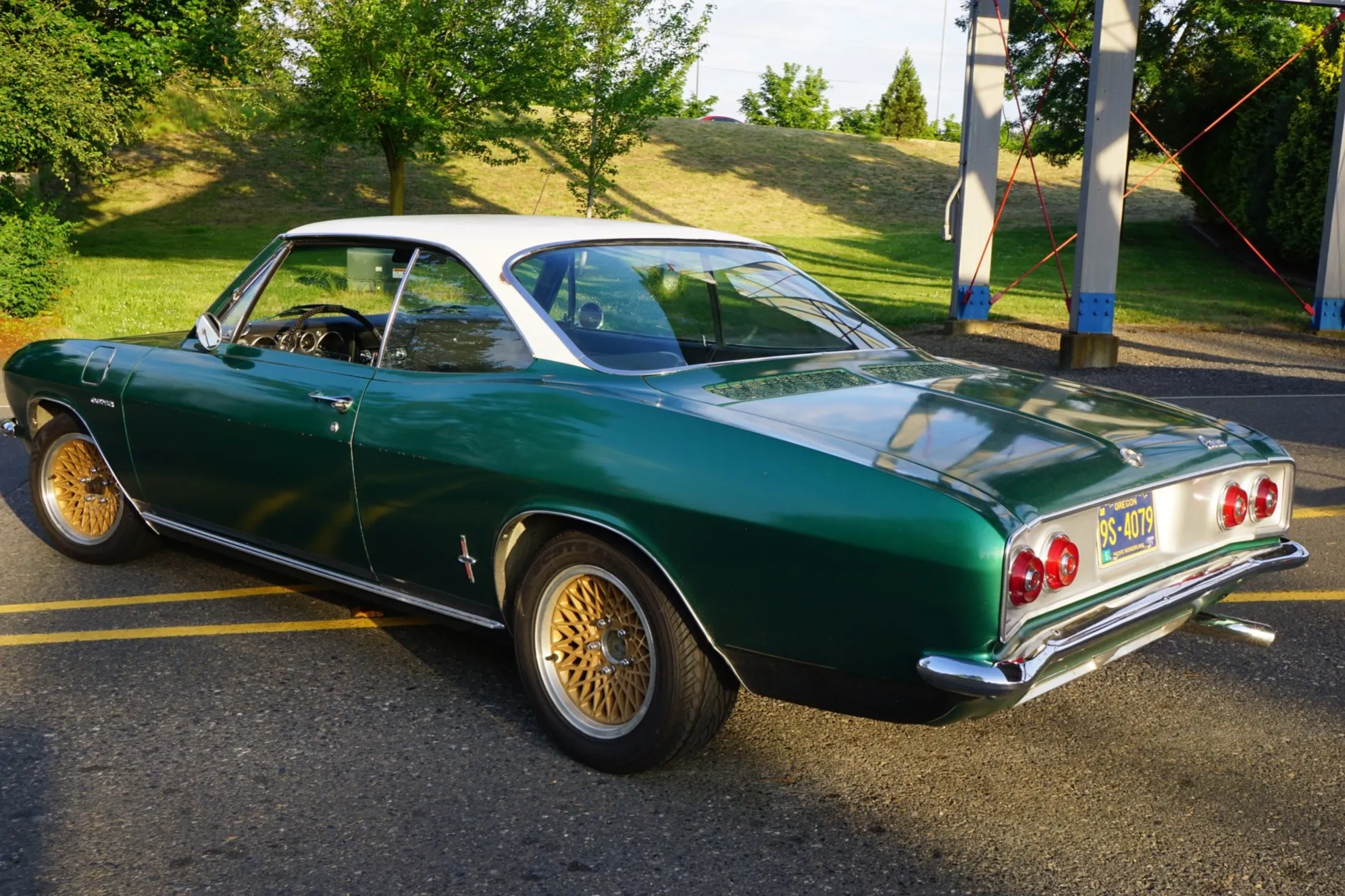
Within GM, Chief Engineer Ed Cole pushed for developing a uniquely Americanized compact to stay ahead of consumer preferences. Finally approved to proceed, Cole’s team incorporated key themes from the imports including rear weight bias for traction, a flat horizontally-opposed cylinder layout, and an air cooling system eliminating complex fluids and hoses. 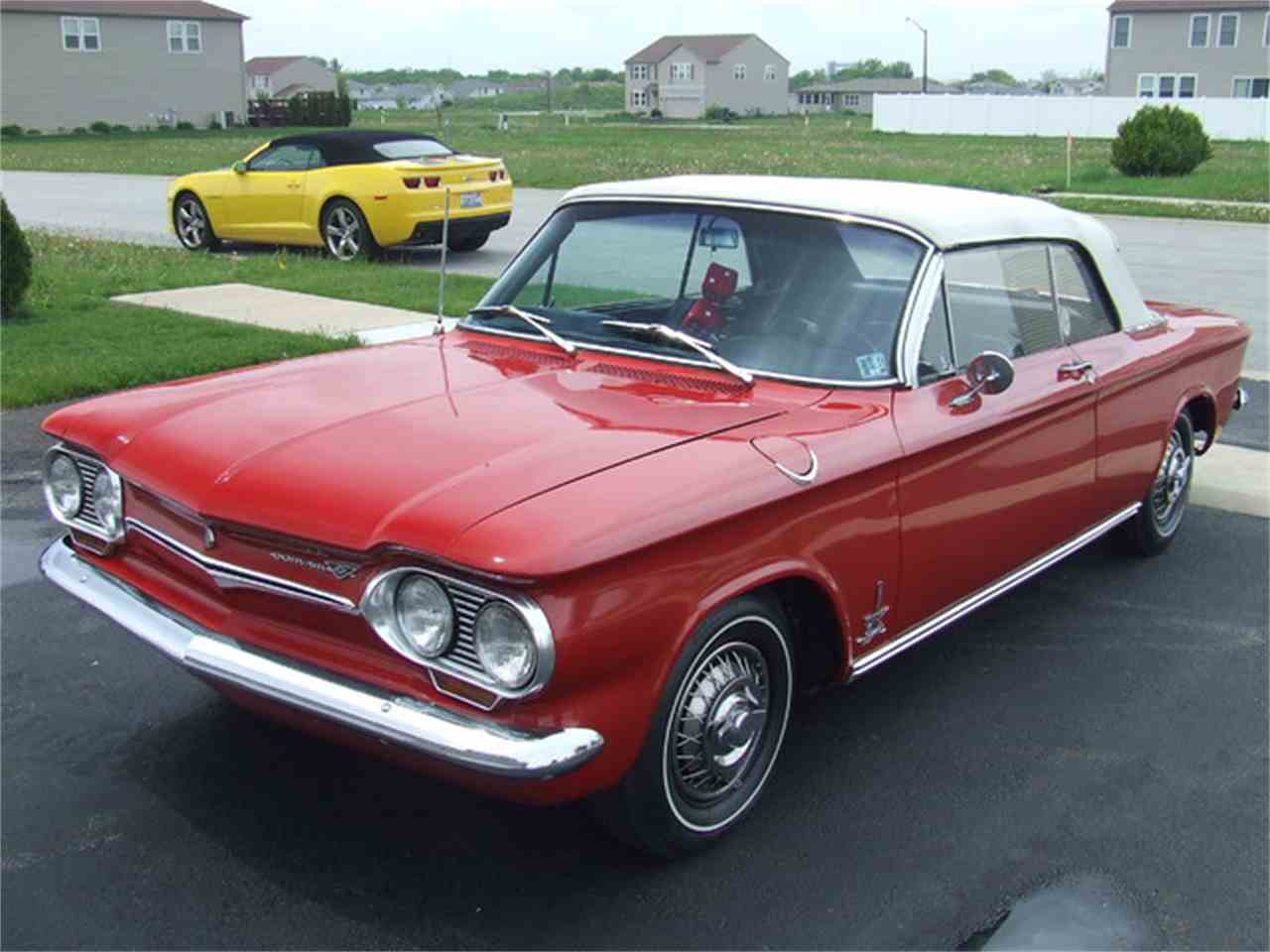 The Corvair emerged costing just $20 more than a base VW Beetle while delivering roomier accommodation through its innovative design. All that remained was convincing American buyers to consider something so radical from familiar Chevrolet dealers. And initially, success looked promising.
The Corvair emerged costing just $20 more than a base VW Beetle while delivering roomier accommodation through its innovative design. All that remained was convincing American buyers to consider something so radical from familiar Chevrolet dealers. And initially, success looked promising.
First Generation (1960-1964) – The Revolutionary Compact Corvair
Chevrolet’s Corvair met a warm public reception from its October 1959 introduction for the 1960 model year. Advanced engineering elements came cloaked in fashionable Italianate bodywork featuring pinched sculpting around wheel arches and a tapered tail. Buyers embraced the initial Corvair 700 and 500 trim lines offered as two-door and four-door sedans, coupés, wagons, and pickups in deluxe or base configurations.  Powered by an 80 hp, 140 cubic inch air-cooled flat-six and mated either to a 3-speed manual or 2-speed automatic transmission, the compact Chevy’s mum seller focused less on straight line pace and more on nimble agility. The suspension came courtesy of an unusual swing axle IRS initially lacking an anti-roll bar. The brakes and steering leaned light but accurate overall handling proved darty if fun when pushed.
Powered by an 80 hp, 140 cubic inch air-cooled flat-six and mated either to a 3-speed manual or 2-speed automatic transmission, the compact Chevy’s mum seller focused less on straight line pace and more on nimble agility. The suspension came courtesy of an unusual swing axle IRS initially lacking an anti-roll bar. The brakes and steering leaned light but accurate overall handling proved darty if fun when pushed.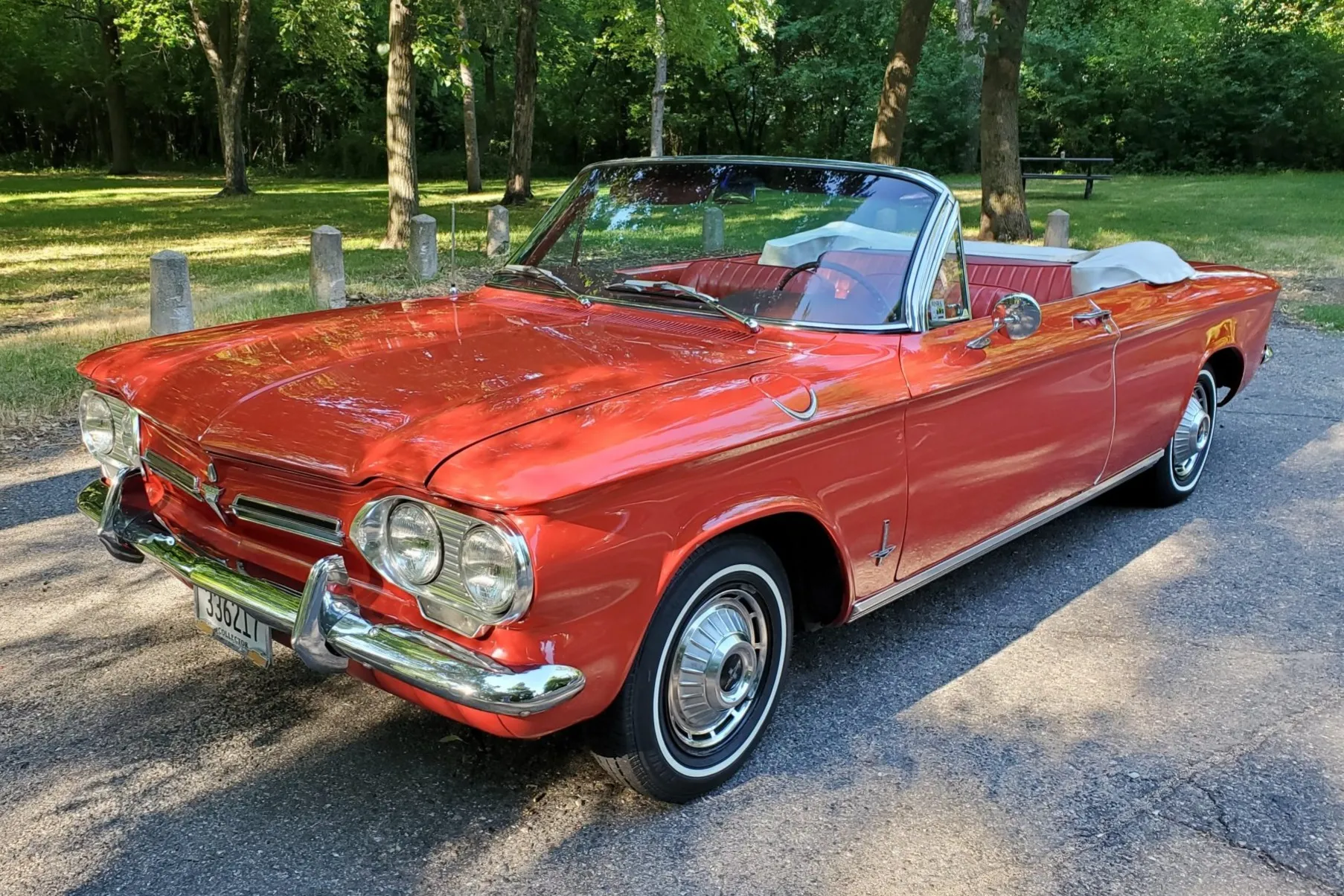
By 1962 Corvair volume expanded to a staggering 247,000 annual units. Yet trouble loomed. Complaints emerged regarding peculiar rear-heavy handling. Safety advocate Ralph Nader leveled the heaviest broadside in his bestselling book “Unsafe at Any Speed” alleging swing axle suspension instability. Suddenly the Corvair, once Chevrolet’s darling promoting the brand’s engineering prowess found itself under attack from external and internal forces.
Second Generation (1965-1969) – The Sporty, Stylish Corvair Evolution
Seeking to restore its reputation while preserving the Corvair ethos, Chevy moved decisively for model year 1965. A strikingly restyled exterior modernized visuals from slab sides to sculpted Coke bottle curves. Engineering advances aimed at improving safety and stability range from the revised four-link rear suspension, anti-roll bars standard across models, 15-inch wheels, and tires widened from 5 inches to 6 inches. Brakes grew in diameter and a telescoping steering column enhanced crash survivability. The upgrades culminated in a thoroughly improved, safer sports coupe or sedan without compromising the efficiency inherent to the original rear-engine concept.
Powertrain options multiplied beyond just the base motor. A 95 horsepower version arrived along with the inaugural Corvair Corsa tuning the engine to 140 hp. A glimpse at the neatly finished engine bay revealed Chevy wanted buyers to appreciate the Corvair’s unique mechanical design. This generation hosted a more potent turbocharged 180 horsepower option breathing through four carburetors for true high-performance capability. The 389 cubic inch flat-six delivered a soundtrack worthy of a Porsche or Alfa Romeo rather than an economy car. Despite returning an EPA-estimated 23 mpg, few new vehicles under $3000 could touch the second-generation Corvair’s punch.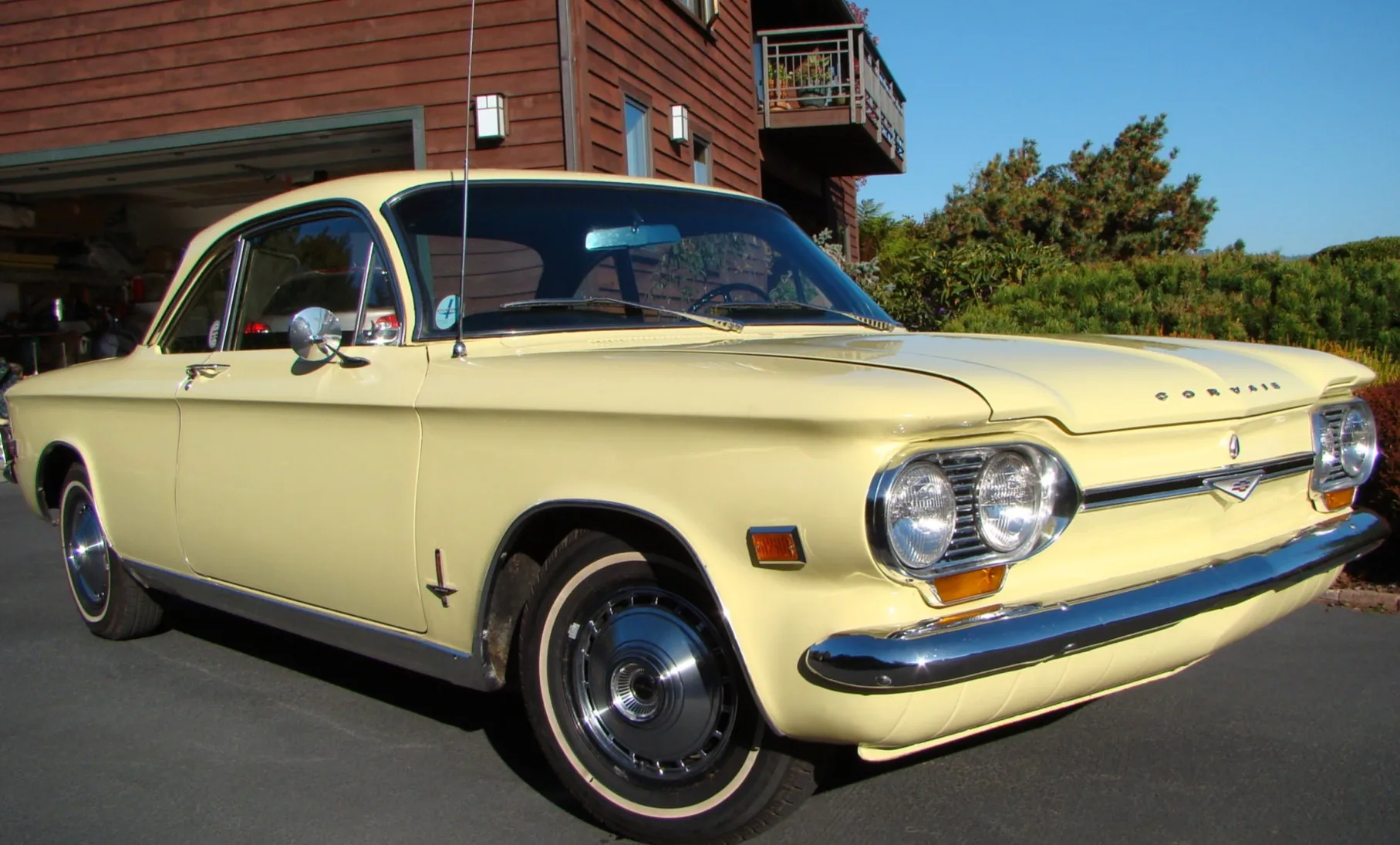
Cancellation and the Corvair’s Lasting Influence
Despite its redemption, the Corvair still faced external threats plus internal cannibalization by Chevy’s own Nova model. After a sharp 1967 decline, Chevrolet inevitably retired Corvair for its 1970 line leaving its halo performance model, the innovative turbocharged Corsa to history. Low production volume kept many examples off roads and out of wrecks ultimately assisting survivorship today. So too has a niche enthusiast following sprung up around the Corvair owing to its agility, unique technical elements, and strong basis for modification. The generous owner’s club and reproduction parts supply help maintain driveable population numbers.
In hindsight, during its 10-year rollercoaster run, the Corvair racked up an outsize influence on automotive development. Its design forced a lumbering domestic manufacturer to experiment with adapting themes from imports to find an American solution. During the pivotal 1960s, the Corvair served as a small car segment pace setter steering the Detroit Big Three toward more efficient thinking before regulatory pressure mandated change. And echoes of Ed Cole’s air-cooled flat rear engine formula persist today through Porsche’s iconic 911 series ensuring the Corvair’s innovative spirit endures.

